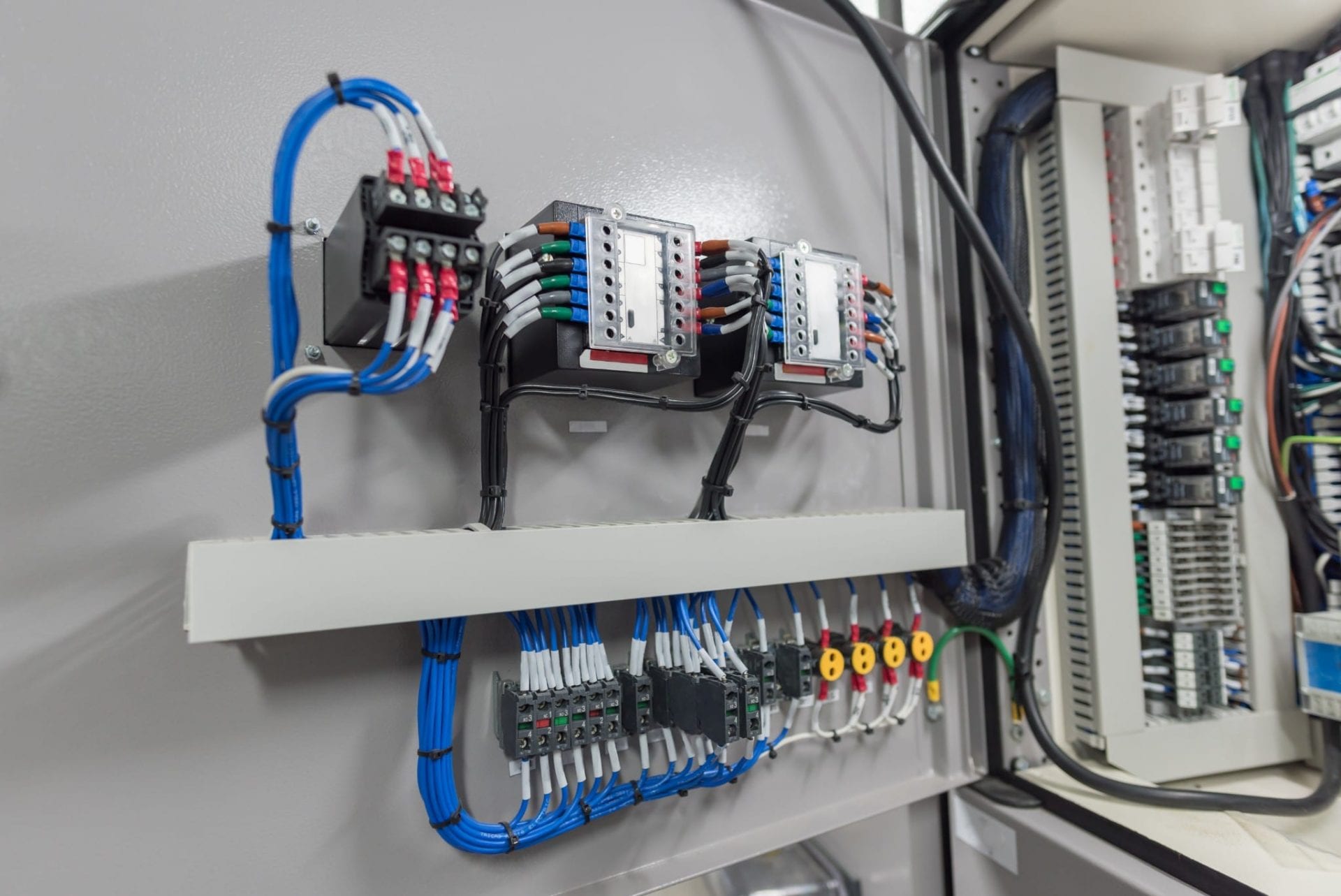The Ultimate Beginner's Guide to Electrical Wiring: All You Need to Know

The electrical wiring is an essential part of any home, and knowing it is important for every homeowner. Not only is it helpful to ensure the efficient running of your house however, it is essential for your security. In this article, we will examine the fundamentals of electrical wiring and the importance of safety and the advantages of hiring a licensed residential electrician to handle all of electrical wiring needs.
Understanding the basics of electrical wiring
The electrical wiring refers to the network of electrical conductors that runs throughout your home, providing electrical power to your appliances, devices, and lighting fixtures. It functions by creating electrical circuits which connect the electrical power source with your gadgets. Electrical circuits are made up of switches, wires and other electrical components that function to form a secure and efficient electrical system. There are many kinds of electrical wiring, such as aluminum, copper, as well as types of wire insulation such as PVC paper, rubber, or.
Planning and Preparation for Electrical Wiring
Before you install an electrical wire, you must consider many things to think about, including the kind of wiring that you need, the capacity for your current electrical systems, and your power requirements. In addition, it is essential to know about electrical rules and regulations for wiring as well as the permits that are required in your locality. In order to prepare your electrical wiring system, create an electrical plan, and then assess your electrical needs. This will help make sure that the electrical wiring is safe, efficient, and meets your power requirements.
Materials and Tools Required for electrical wiring
When installing new electrical wiring, it is important to have the proper materials and tools on hand. The most important tools are strippers, wire cutters, pliers, as well as the voltage tester. Other items required to conduct electrical wiring are electrical tape, wire nuts, conduit as well as electrical box. It’s also useful to have a wiring diagram to guide you through the installation process.
Step-by-Step Instructions for Electric Wiring Installation
Installing electrical wiring can be an intimidating process, but with the right tools and expertise, it can be done quickly and safely. This is a step-by-step guide for installing new electrical wiring in your home:
Turn off the power to the location where you’ll be working.
Plan the wiring layout and mark the location where the wire will be placed.
Install conduit and electrical boxes where necessary.
Cut and strip the wires to the appropriate length.
Wires should be connected to fixture or device you are wiring.
Secure the wires in place with the wire nuts or electrical tape and conduit straps.
Examine the wiring to confirm that it’s functioning correctly.
When installing the wiring, it is important to follow wiring installation best methods and suggestions. Be aware of the common mistakes to avoid when installing electrical wiring, such as over-loading the circuits of wires that are damaged, and using the incorrect type of wire for the job.
Troubleshooting Electrical Wiring Issues
Even with careful planning as well as installation issues may arise. Common problems include wiring problems, overloads in circuits as well as electrical shorts. To troubleshoot these problems it is crucial that you are aware of typical electrical wiring issues and be aware of how to safely and effectively address them. In addition, it is essential to adhere to electrical safety guidelines in the event of a problem with electrical wiring like shutting off the power source and wearing safety gear.
Conclusion
Understanding the electrical wiring in your home is crucial for your safety as well as the effective functioning the electrical systems. It is crucial to engage an accredited electrician to make sure your wiring is maintained and installed properly. We at Local Electrician Granville, we provide a range of electrical services, including wiring installation and repair. Contact Local Electrician Granville at 1300 610 481 to discuss all your electrical wiring needs.
Electrical Wiring FAQ
Here are some commonly asked questions about electrical wiring, along with additional safety tips and best methods for electrical wiring installation and repair:
What type of wire should I choose for my electrical wiring?
The kind of wire you should use for your electrical wiring depends on your specific needs and local building codes. It is crucial to select the appropriate gauge of wire, insulation type, and wire material to ensure the security and effectiveness for your wiring system.
Can I install myself my own wiring for electrical use?
While it is possible to install an electrical wire yourself it’s crucial to have the knowledge and experience to complete the task safely and efficiently. In the majority of instances, it is recommended to hire an experienced electrician to ensure your wiring is set up and maintained in a safe and secure manner.
How often do I need to inspect my electrical wiring?
It is recommended that you have your electrical wiring inspected every 10 years or when you spot symptoms of electrical malfunctions, such as frequent circuit breaker trips or electric shocks.
What should I do if notice electrical wiring problems within my home?
If you spot any electrical wiring issues in your home, like flickering lighting or outlets that do not work, it is important to address them immediately. Switch off the power source to the area in question and contact an accredited electrician to evaluate and repair the issue.
If you follow these guidelines and the best methods, you can be sure the electrical wires are secure and working correctly. Be sure to put safety first and get a certified electrician whenever you need to. Contact Local Electrician Granville at 1300 610 481 to discuss all of electrical wiring issues.
